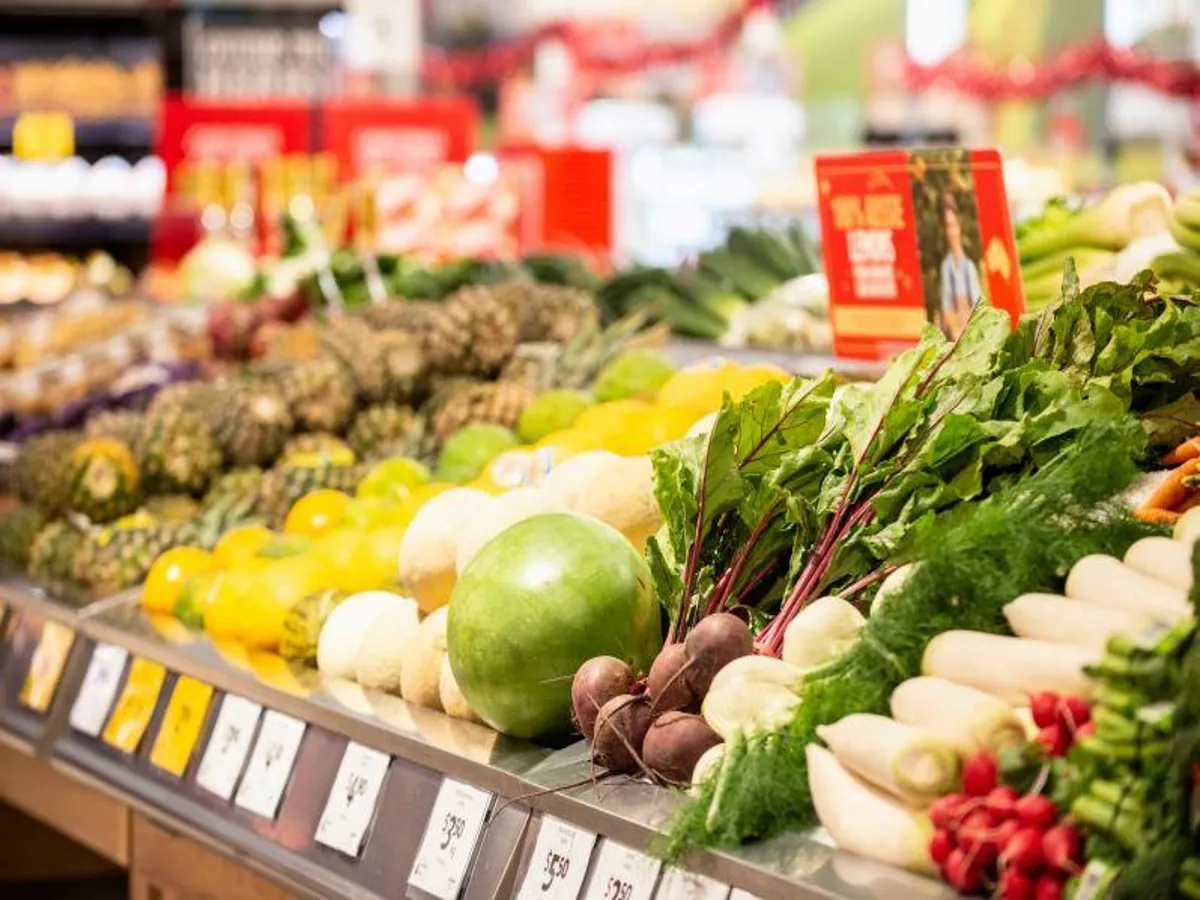



Hari Yellina
Australians’ nagging feeling that their large local supermarket is no longer the cheapest place to get affordable fresh food necessities has been unequivocally confirmed. A cost-of-living crisis has been brought on by rising interest rates, rent increases, and energy and fuel prices, which are driving regular Australians to revaluate their perceptions of our most basic expenses. One of them is unquestionably the long-held notion that we should just go to the supermarket for everything since it’s cheaper there anyhow, which is promoted by advertising blitzes from major chain supermarkets like Coles and Woolworths.
Using the same shopping list and weights, Daily Mail Australia purchased a week’s worth of fruit, vegetables, and eggs from Woolworths and Paddy’s Market in western Sydney. The cost of the supermarket behemoth was nearly two times higher. The retail behemoth acknowledged it isn’t less expensive in a statement to Daily Mail Australia, but claimed it was obliged to pay more for the majority of vegetables because of a shortage and unfavourable weather. Marketplaces, where producers sell [food and other things] directly to consumers, are commonly recognised to be less expensive than retailers, according to Woolworths.” “We’re currently paying our suppliers significantly more across the board for vegetables. The market’s decreased supply after the recent recession is a major factor in the increase in costs following the east coast floods and ongoing bad weather in key growing regions.”
Some people will be shocked by how much cheaper a market can be, but not all will be, as lots of intelligent Australians already use this helpful cost-of-living tip. On Friday, July 1, the identical trolley load that Woolworths in Leichhardt charged $109.50 for cost only $59.75. With the grower’s market being less expensive on all but one of the 19 lines purchased, the $49.75 price difference represented a 45 percent savings over the Woolworths buy. Paddy’s onions were less expensive per kilogramme, although Woolworths’ onions cost a little less because they were lighter. A chance encounter with a family doing their shopping there revealed that a $50 discount on a weekly visit is actually very typical.
By shopping at Paddy’s, Daniel Samate and Selu Vayvaka claim to save $60 per week. A $60 weekly savings over the course of a year equals $3,120. Every item Daily Mail Australia bought from Paddy’s stallholders cost less per kg than it did from Woolworths. The most notable price variations were between broccoli ($5kg from a Paddy’s vendor and $9.90 at Woolworths), tomatoes ($4kg and $9.90), ginger ($8kg and $50kg), and avocados ($1.40 and 85c). The popular Eugene’s at Bronte café owner in Sydney claimed the same day that even non-wholesale marketplaces, where entrepreneurs purchase products, are less expensive for customers than large supermarkets. Major supermarkets were criticised by Eugene Giesinger for their pricing, and he urged people to patronise neighbourhood small shops instead. After ten years of price comparisons for his business and purchases for his two sons, Mr. Giesinger told Daily Mail Australia that even his neighbourhood greengrocer on Belmore Road in Randwick offers a more affordable alternative.